Blog Detail
Table of Contents

What is a Pager? Unveiling a Technology of the Past, Relevant to the Present
- Sophia
- May 10, 2025
- 0 Comments
What is a Pager? Unveiling a Technology of the Past, Relevant to the Present
Pagers, also known as beepers, are small devices that receive short messages, usually numbers or text. They first appeared in the 1950s as a way for doctors to communicate quickly. Over the years, they evolved from simple devices that just beeped to more complex ones that can display text messages. Unlike today's smartphones, which allow for two-way communication and many features, pagers provide a focused mode of contact that can be useful in specific situations.
Pagers gained fame in popular culture, especially in the 1980s and 1990s, often seen in movies and television as vital tools for doctors, emergency services, and business people. This blog post will cover how pagers work, the types available, their continued use, limitations, and why they are still relevant today. Many people misunderstand pagers, thinking they are entirely obsolete, but they remain essential in certain industries. This article will mainly focus on professional uses of pagers rather than personal use.
You can refer to the pager of retekess td156
Decoding the Beep: Understanding Pager Technology
Pagers connect to a network using radio transmitters. When someone sends a message, it travels through these devices to the pager. The technology behind this is called radio frequency (RF) transmission.
- Paging Protocols: Common paging protocols include POCSAG and FLEX, ensuring messages are received reliably.
- Signal Processing: Pagers have internal components that receive and decode signals, showing messages on their screens.
- Coverage Areas: The range of pager networks depends on where the transmitters are located. They can struggle in remote places.
- Battery Life: Pagers excel here; their batteries can last days or even weeks without a charge.
Pagers primarily work as one-way devices, meaning they receive messages but typically cannot send replies. However, some two-way pagers can allow for responses. Importantly, pagers do not always need a cell tower to function, offering robust device capabilities. When looking at pagers, you might find numeric pagers that only display numbers, while alphanumeric pagers can show text, providing more detailed information.
What is a Pager? A Simple Way to Get Messages
A pager, also called a beeper, is a small device that gets and shows short messages. Usually, these messages are numbers or letters. It works like a one-way radio. You can get messages, but you can't send them back.
Back in the 1950s, doctors started using pagers. This way, people could reach them quickly. Over time, pagers got better. They went from making simple beeping noises to showing words and numbers.
Today, many people use smartphones. Smartphones can do many things, like send emails and browse the internet. But pagers can still be useful. They do some things that smartphones don't do as well.
You might have seen pagers in movies or on TV. Often, doctors or people in charge use them. This was especially true in the 1980s and 1990s.
This article will talk about how pagers work, the different types of pagers, and why some people still use them. We will also talk about the good and bad things about pagers.
Some people think pagers are old and useless. But they are still used in some jobs because they are reliable. This article will focus on how pagers are used for work, not for personal use.
Pagers have some good things about them. They can get messages even when cell phones can't. They also use very little power, so the battery lasts a long time. Let's find out more.
How Pagers Work: Understanding the Beep
Pagers use radio waves to get messages. The message is sent from a radio transmitter to the pager. This uses a special network called a paging network.
Most pagers use special rules, or protocols, to make sure messages get there correctly. Two common protocols are POCSAG and FLEX. POCSAG stands for Post Office Code Standardization Advisory Group.
Inside the pager is a receiver. The receiver takes the radio signal and turns it into a message on the screen. The pager has parts that help it process the signal.
The area where a pager works depends on where the transmitters are. If you are far from a transmitter, the pager might not work.
One good thing about pagers is that they use very little power. A pager battery can last for days or even weeks. Smartphones need to be charged every day.
Most pagers only send messages one way. But some pagers can send messages back. These are called two-way pagers. However, one-way pagers are more common.
Pagers can work even if there are no cell towers. They have their own network.
Some pagers can only show numbers. Others can show letters and numbers. If it shows letters and numbers, it is called an alphanumeric pager.
Types of Pagers: From Numbers to Words
There are different kinds of pagers. The type of pager tells you what it can do.
Numeric pagers can only show numbers. They are often used to show a phone number to call back.
Alphanumeric pagers can show letters and numbers. This means they can show short text messages. These messages give you more information.
One-way pagers only get messages. Two-way pagers can send and get messages.
Voice pagers can get voice messages. You can listen to a recording on the pager. These were more common in the past.
Some places, like hospitals or factories, use on-site pagers. These pagers work inside the building. They have their own transmitters.
Pagers can be set up in groups. When a message is sent to the group, all the pagers in the group get the message.
Some pagers only make a beeping sound. These are called tone-only pagers. They are used when you just need to know to do something, but you don't need a message.
Pagers have changed over time. Some newer pagers have better screens and more features.
Continued Use Cases: Why Pagers Still Matter
Even though there are smartphones, pagers are still used in some places.
Hospitals use pagers for doctors and nurses. Pagers are reliable and secure. They help doctors and nurses talk to each other quickly.
Firefighters and paramedics use pagers too. Pagers can send messages fast during emergencies.
IT people use pagers to get alerts about computer systems. This helps them fix problems quickly.
Factories use pagers to tell workers about problems with machines. This can help keep the factory running smoothly.
Security guards use pagers to make sure people are where they should be.
Restaurants use pagers to tell customers when their table is ready. This way, customers don't have to wait in a crowded area.
Some people keep pagers as a backup. If there is a natural disaster, cell towers might not work. Pagers can still get messages.
Pagers are not used as much as they used to be. But they are still helpful in some situations.
Advantages of Pagers: Reliability, Security, and Other Key Benefits
Pagers have some advantages over smartphones. This is why some people still use them.
Pagers often work better than cell phones in some areas. This is especially true during emergencies or when there are too many people using cell phones.
Pagers have very long battery life. You don't need to charge them every day. They can last for days or weeks on a single charge.
Pagers are simple to use. You don't need a lot of training to use a pager.
Pagers are more secure than smartphones. They are harder to hack because they do not connect to the internet.
For some companies, pagers are cheaper than smartphones. This is true if they need to give communication devices to many workers.
Pagers can work well underground. Subway workers often use pagers.
Some jobs require the use of pagers. This is especially true in healthcare and emergency services.
Pagers are often stronger than smartphones. They can work in rough places where a smartphone might break.
Limitations of Pagers: Addressing the Drawbacks
Pagers have some downsides. It's important to know what they are.
Most pagers only send messages one way. You can't reply to a message on a one-way pager. But this is okay in many jobs because the person who gets the message just needs to show up or do something.
Pagers can only show short messages. They don't have a big screen like a smartphone.
Pagers might not work in all areas. If you are in a rural or remote area, the pager might not get a signal.
Pagers don't have the extra features that smartphones have. You can't use the internet, email, or apps on a pager.
Pagers need a paging network to work. If the network is down, the pager won't work.
Someone could try to read your pager messages. This could be a privacy problem.
Pagers are an older technology. Newer technologies are starting to replace them.
It can cost a lot of money to keep the paging network running.
The Future of Pagers: Evolving with the Times
Pagers are changing to work with newer technologies.
Some pagers can work with smartphones and computer networks. This makes them more useful.
There are also apps for smartphones that work like pagers. These are called hybrid solutions.
Pagers might get better in the future. They could have better coverage, more security, or work with other devices.
Pagers will probably still be used in some jobs where reliability and security are very important.
Pager sales are going down. But pagers are still used.
There are new ideas for using pagers in healthcare. These ideas could make pagers more useful to doctors.
Even though pagers are not as popular as they used to be, they still have some good things about them.
Pagers could even work with 5G in the future.
https://www.retekess.com/td156-waterproof-pager-system/#F9470A-F9470EX10-F9470G

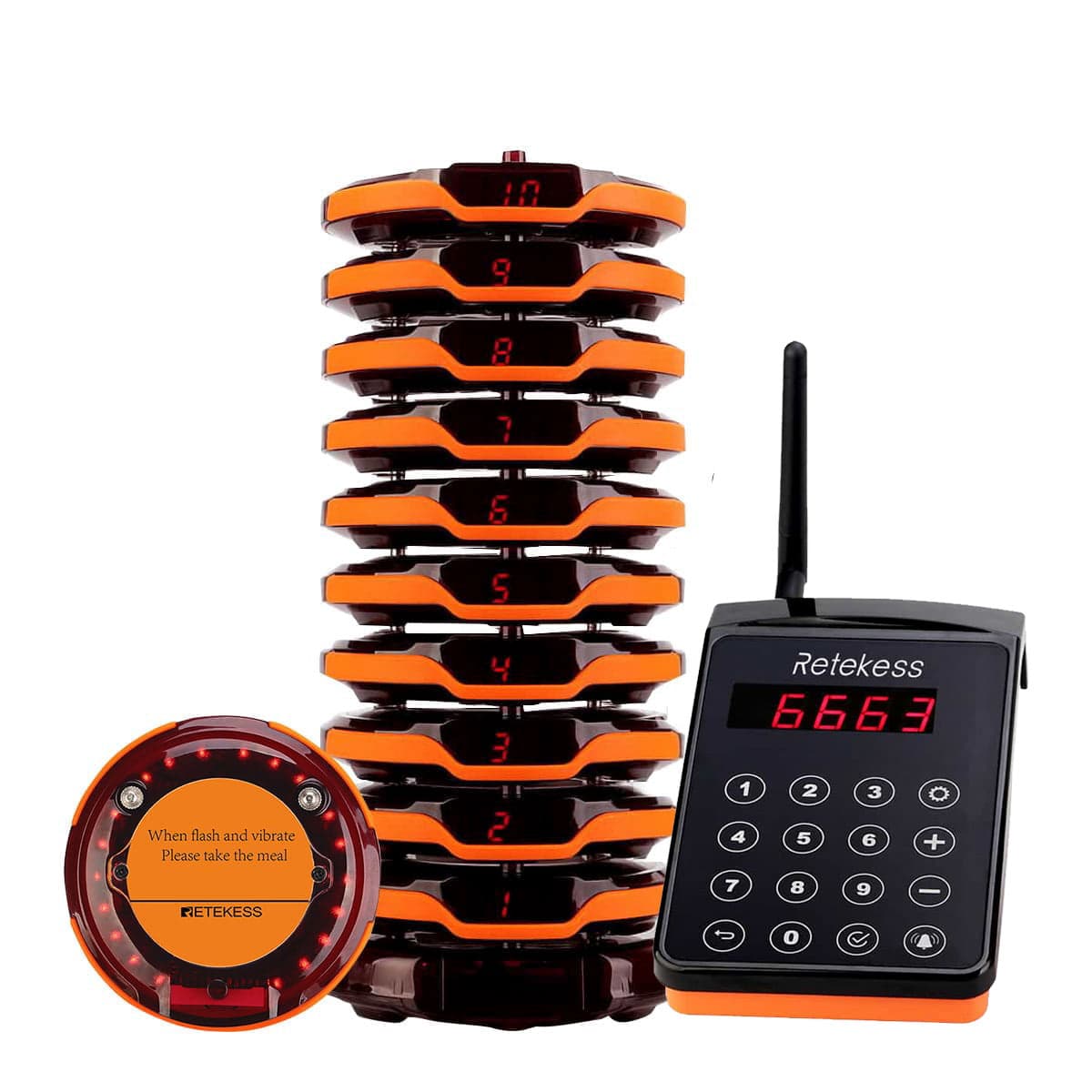
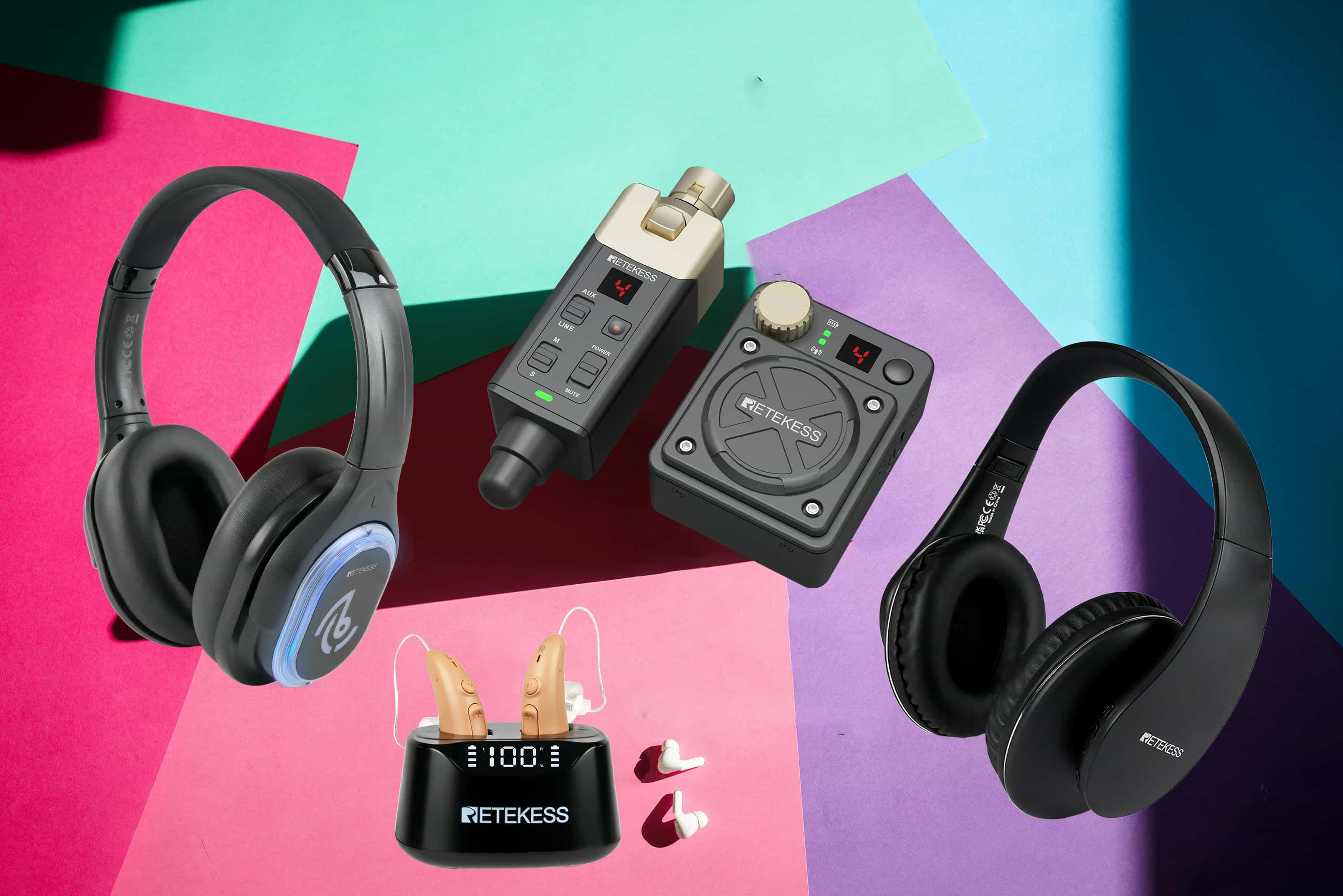
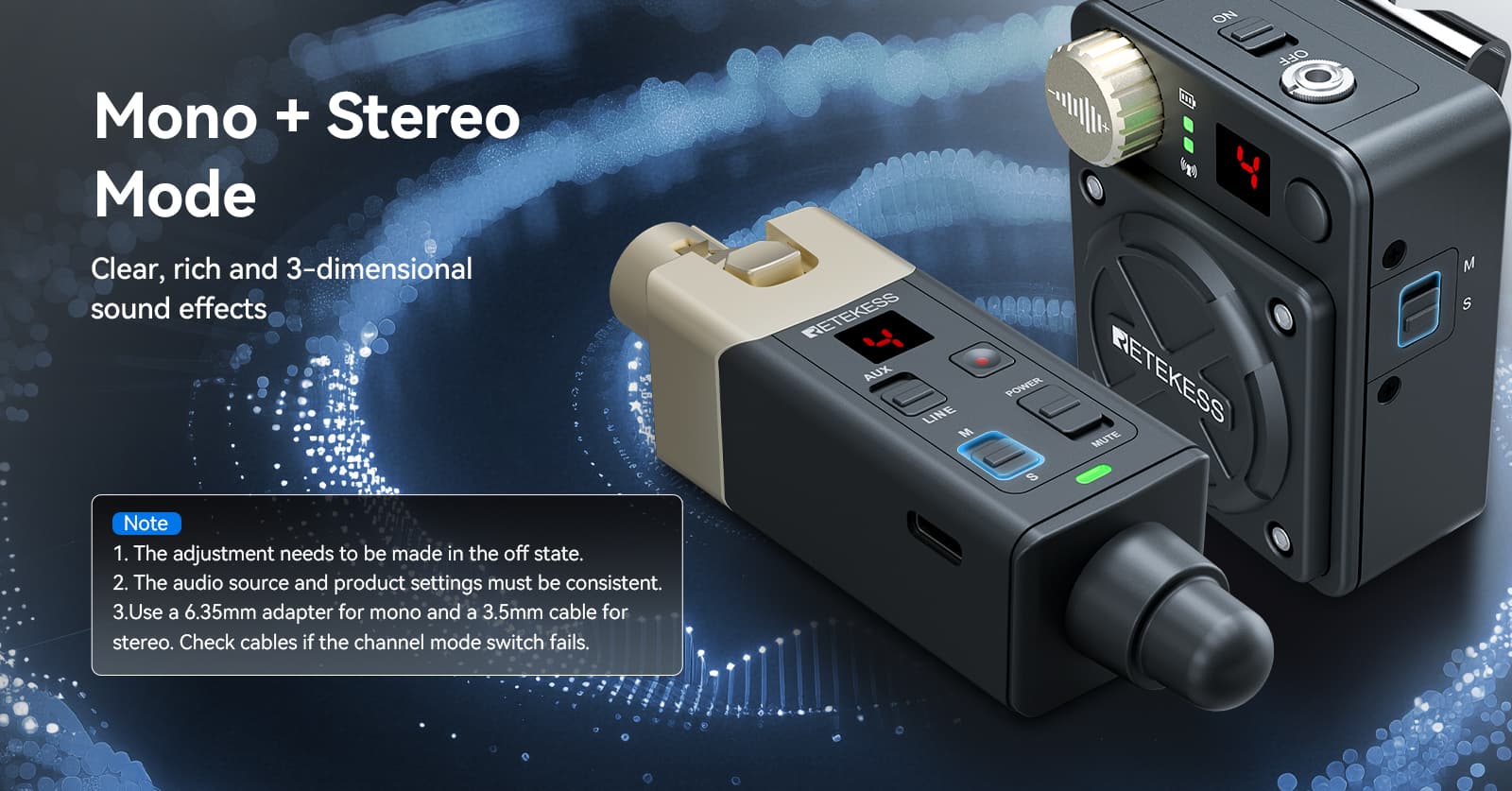


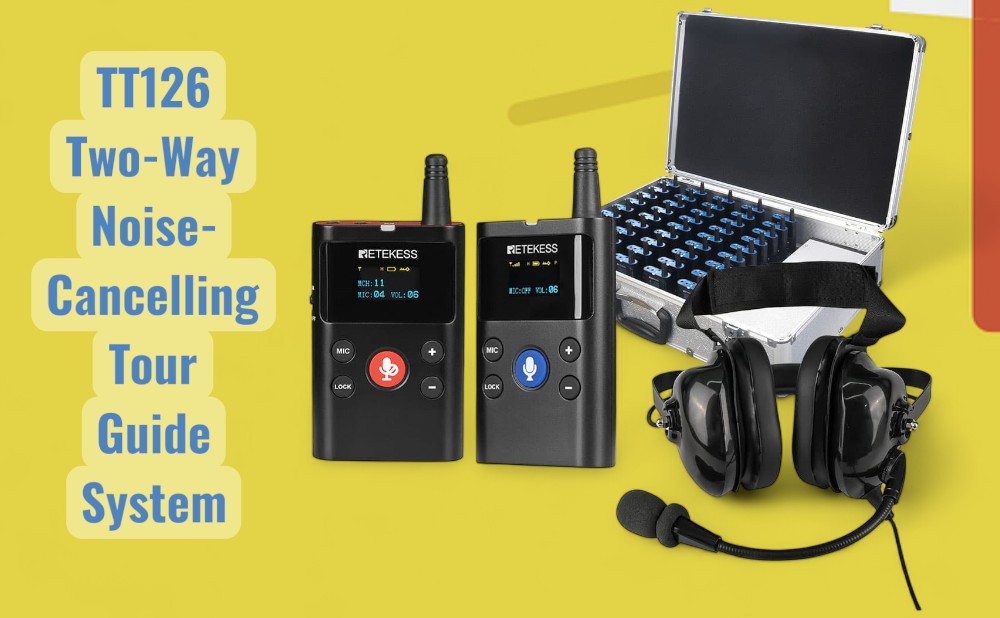
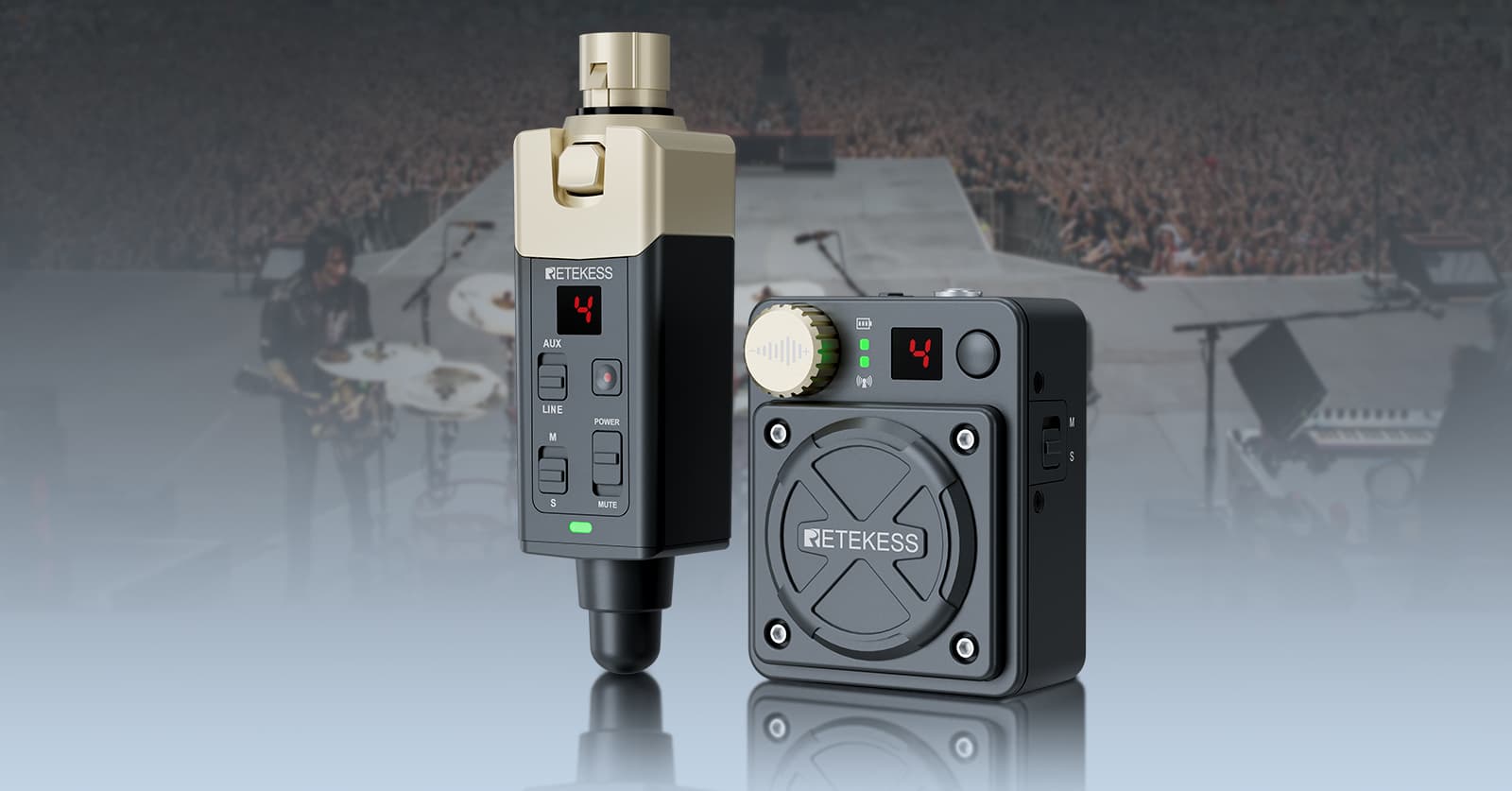



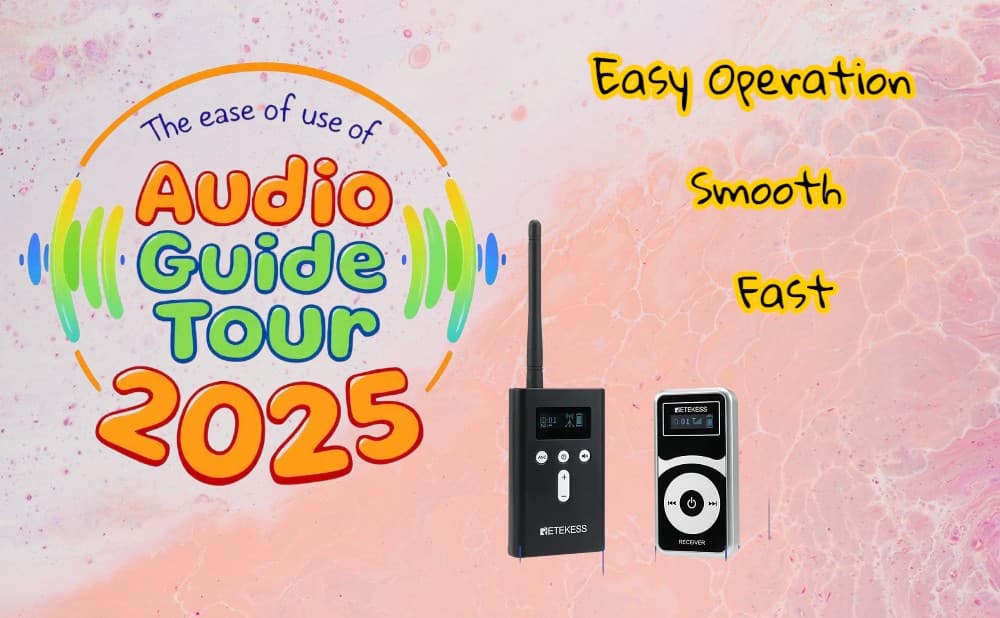
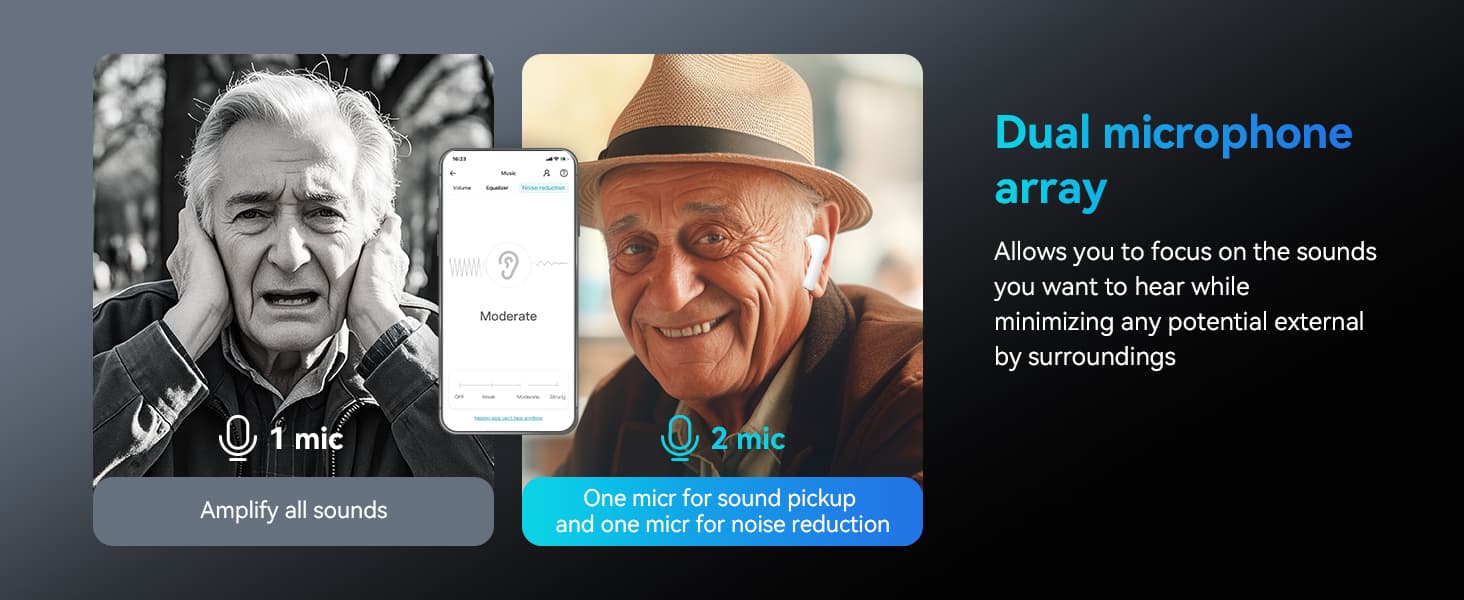
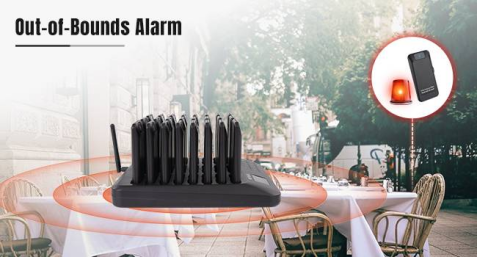



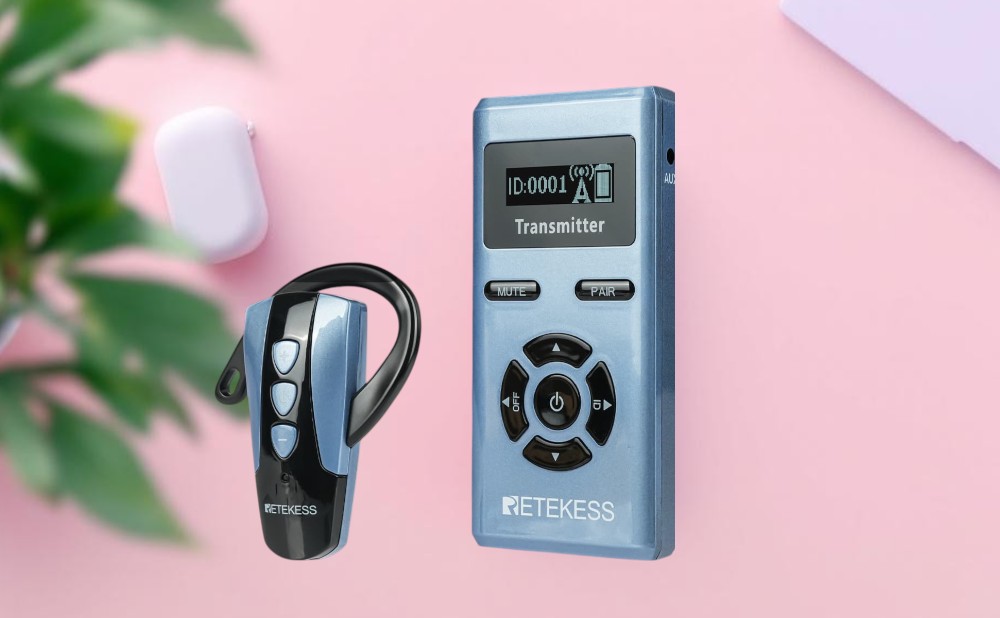





Comments (0)